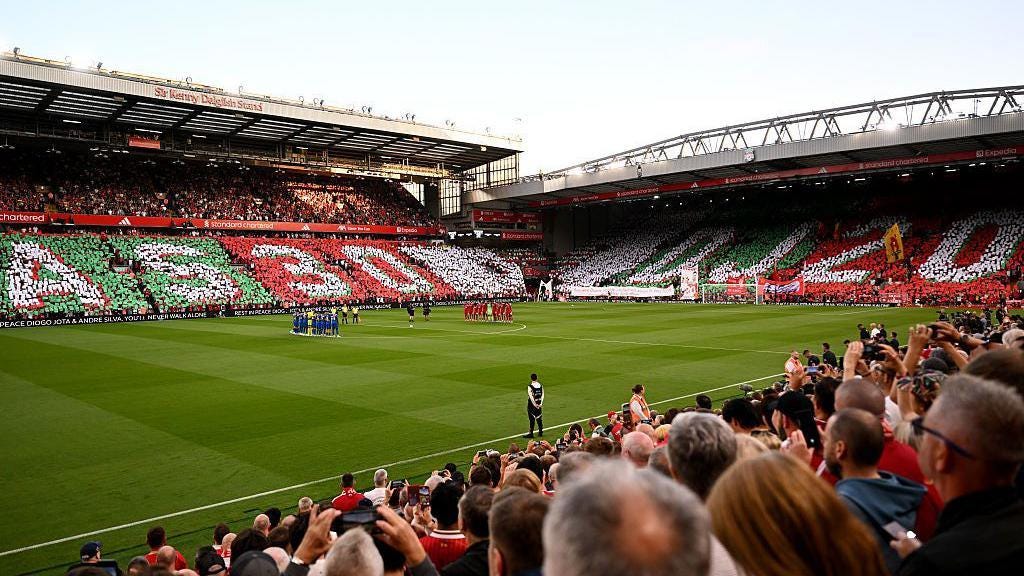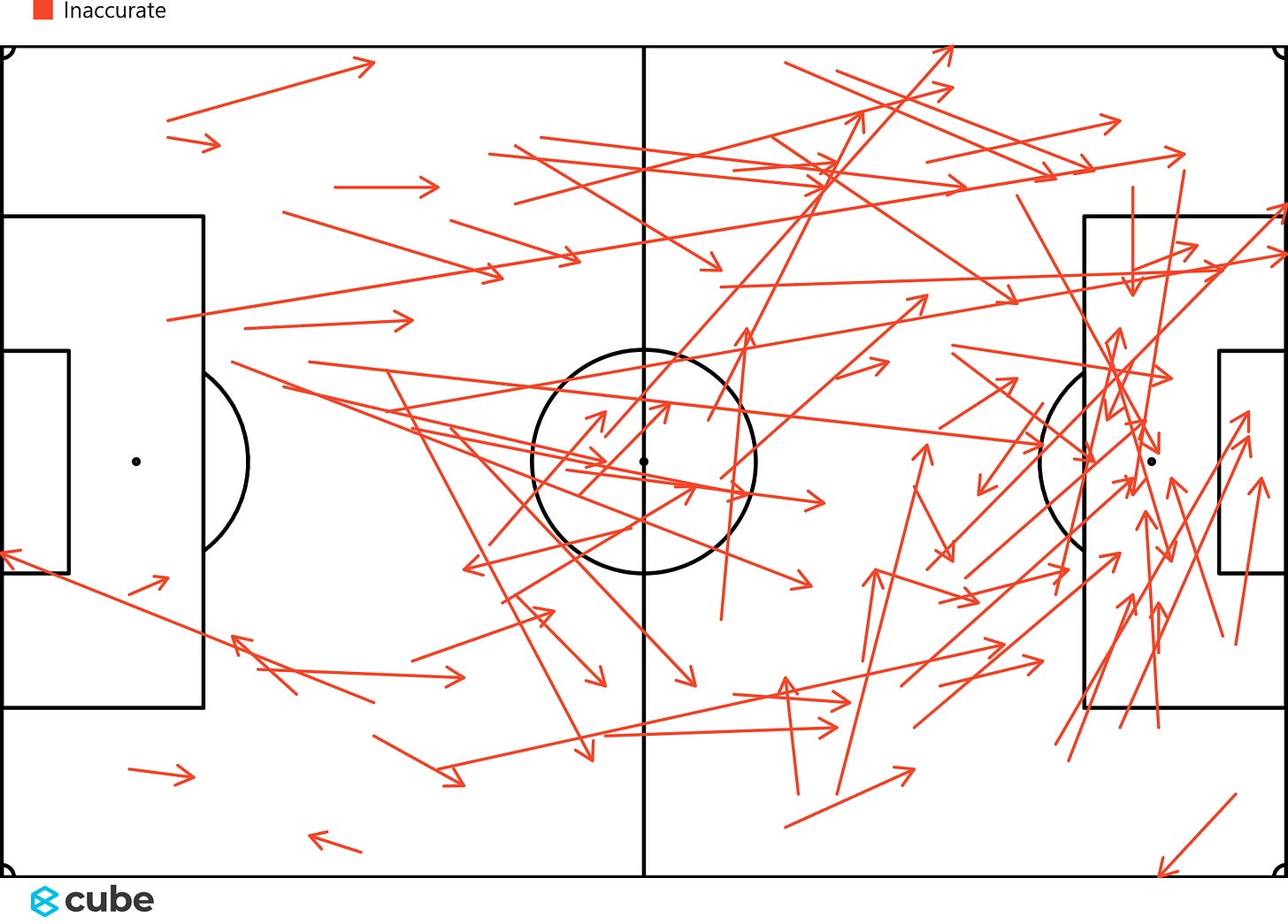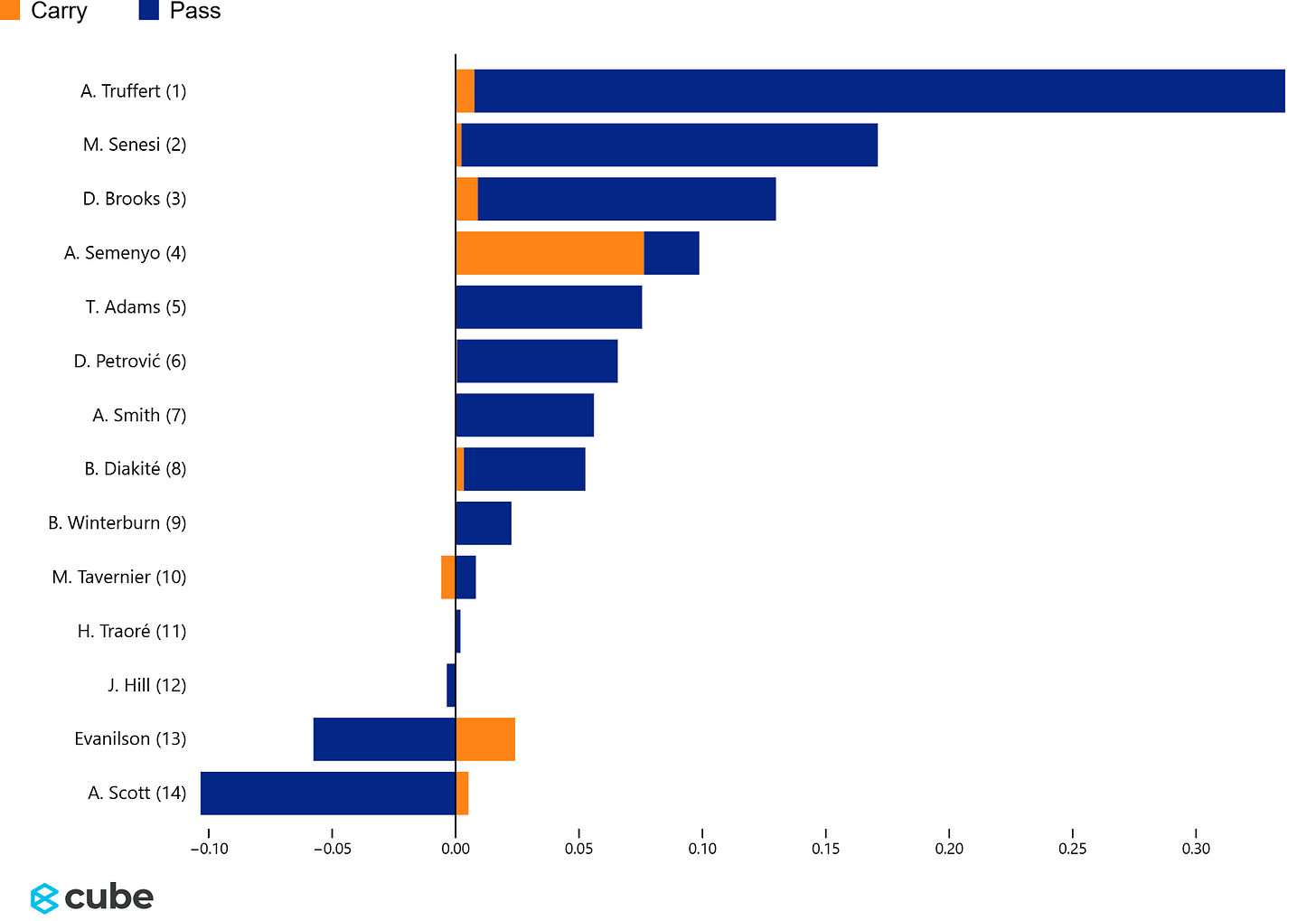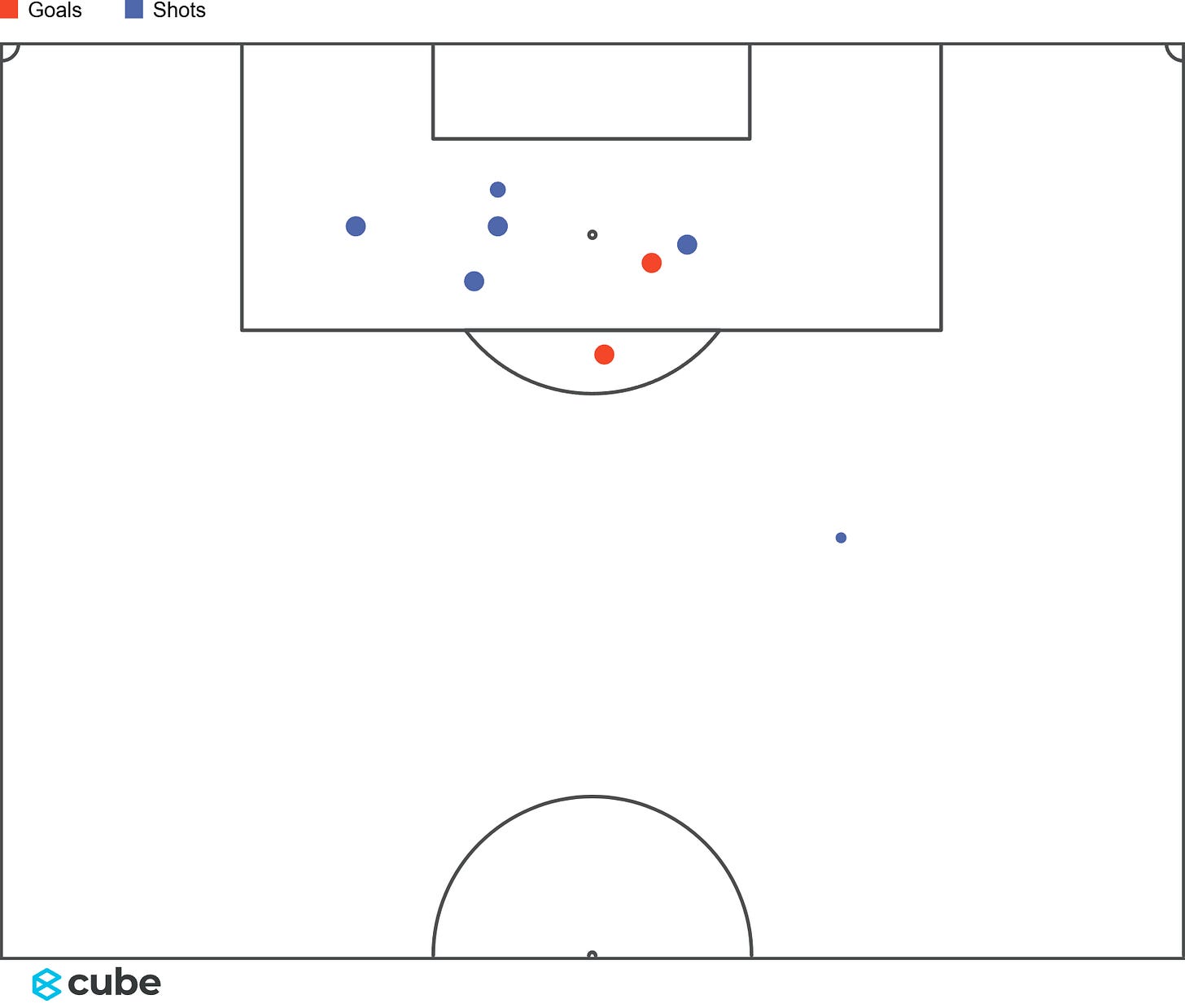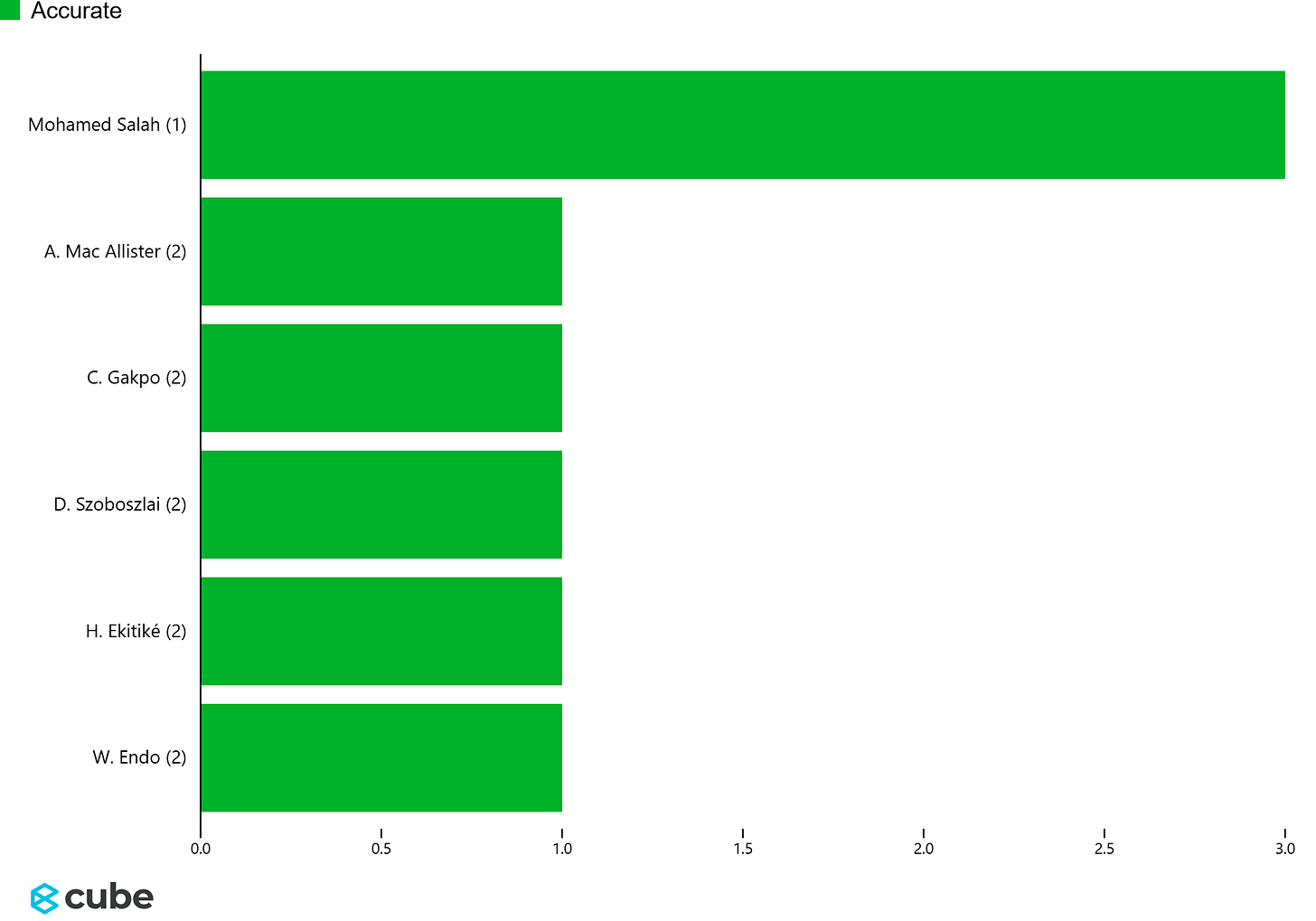Liverpool vs Bournemouth: Tactical Analysis from an Emotional Premier League Opener
Under the lights at Anfield, Liverpool began their Premier League defence with emotion, resilience and a tactical test against Bournemouth on a night of tribute to Diogo Jota
Friday night football under the lights at Anfield opened the Premier League season in unforgettable fashion. It was a summer evening tinged with grief and pride as the stadium united in remembering Diogo Jota, gone far too soon. Scarves were held aloft, songs rang out with emotion, and the game against Bournemouth became a backdrop to shared memory and defiance. Against that weight, Liverpool began their title defence with a 4-2 win that combined brilliance with flaws, resilience with vulnerability.
Numbers that tell the story
The raw figures underline why Liverpool deserved the points. They produced 18 shots, ten on target, with an expected goals tally of 2.70 compared to Bournemouth’s 1.30. Yet the visitors still found the net twice, both through Antoine Semenyo, exposing a defensive looseness that has carried over from pre-season.
Analysis credit: Mark Matrai (@MatraiMark) and xfb Analytics.
Liverpool’s attacking efficiency was strong, averaging 0.15 xG per shot, but conceding chances of 0.16 xG per effort the other way shows why Arne Slot will want improvement quickly. Against Newcastle or Arsenal, such gaps could prove costly.
Analysis credit: Mark Matrai (@MatraiMark) and xfb Analytics.
Passing struggles and Bournemouth pressure
The first graphic of Liverpool’s inaccurate passes illustrates how often mistakes crept into the build-up. Without Trent Alexander-Arnold, now in Madrid, there is no single orchestrator dropping into midfield to dictate the rhythm. Instead, players like Ibrahima Konaté were asked to shoulder responsibility, and his errant touches and misplaced passes reflected the adjustment period.
Analysis credit: Mark Matrai (@MatraiMark) and xfb Analytics.
Bournemouth’s plan was clear. Their pressing intensity map shows the focus on Liverpool’s left side, with Semenyo targeting Milos Kerkez in particular. The Hungarian was booked before the break, evidence of the strain he was under.
Analysis credit: Mark Matrai (@MatraiMark) and xfb Analytics.
Bournemouth’s threat
The Expected Threat heatmap shows how David Brooks and Adrien Truffert were Bournemouth’s most effective outlets, particularly on Jeremie Frimpong’s side where Salah offers less defensive cover. Brooks repeatedly beat his marker and deserved the assist he registered.
Analysis credit: Mark Matrai (@MatraiMark) and xfb Analytics.
The xT ranking graphic confirms Truffert and Brooks as standouts, while Semenyo’s threat came through carrying the ball.
Analysis credit: Mark Matrai (@MatraiMark) and xfb Analytics.
Bournemouth’s shot map adds further cause for concern. Five efforts came from prime central positions, including both of Semenyo’s goals. Liverpool’s control of negative transitions remains a problem, one worsened by the absence of Ryan Gravenberch and the careful management of Alexis Mac Allister’s minutes.
Analysis credit: Mark Matrai (@MatraiMark) and xfb Analytics.
Liverpool’s attacking promise
For all the issues, Liverpool’s attacking data is hugely encouraging. Their own shot map shows eleven attempts from the danger zone, all four goals included.
Analysis credit: Mark Matrai (@MatraiMark) and xfb Analytics.
Salah dominated both the key passes and creative metrics. His physical power may be waning but his intelligence and vision remain peerless. Alongside Wirtz, who showed early signs of influence, Salah may be the one to fill Alexander-Arnold’s creative void higher up the pitch.
Analysis credit: Mark Matrai (@MatraiMark) and xfb Analytics.
Virgil van Dijk’s progressive passing was another vital factor. His switches to Salah are a weapon Liverpool can call upon in any situation.
Analysis credit: Mark Matrai (@MatraiMark) and xfb Analytics.
Passes into the final third also highlighted the balance in Liverpool’s build-up, with Hugo Ekitiké linking play effectively, providing both a goal and an assist in an impressive league debut.
Analysis credit: Mark Matrai (@MatraiMark) and xfb Analytics.
Defensively, Van Dijk once again stood tallest. The defensive workrate ranking shows him leading aerial duels with 13 challenges, while Dominik Szoboszlai’s all-round effort made him Liverpool’s most industrious midfielder on the night.
Analysis credit: Mark Matrai (@MatraiMark) and xfb Analytics.
Anfield emotion and resilience
Federico Chiesa’s decisive goal produced an eruption inside Anfield. The stands bounced, the Kop sang, and as the game closed Salah was left in tears listening to the supporters sing Jota’s name. It was a reminder that football is about more than tactics and numbers, it is about people and memories.
The tactical analysis makes clear there are defensive frailties to resolve, but this was also a night when Anfield reminded the league of its power. Under the lights, in grief and in celebration, Liverpool began their defence of the Premier League title with flaws to fix but spirit to spare.



